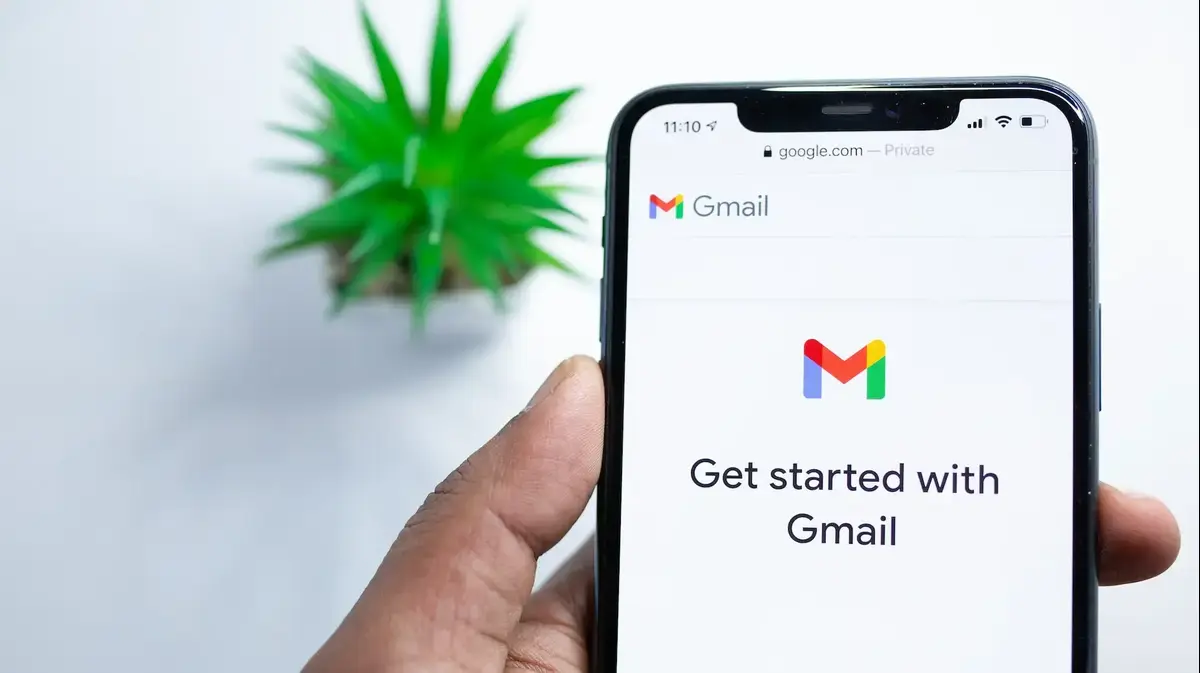Gmail (Photo: Unsplash)
While Twitter and Facebook are looking for the right mix for a paid implementation of blue check authentication in a way that won't annoy users, Google, the world's largest search giant, announces that it is preparing to apply new Gmail Blue verification to Gmail's 1.8 billion personal accounts in the near future, after completing and updating all legally required security and privacy protection measures.
According to Google's announcement, in the first stage, the blue check mark will automatically appear next to brands that have implemented the BIMI (Brand Indicators for Message Identification) protocol, which was launched in 2019 to prevent impostors and hackers from committing financial fraud. This is a visual verification that displays the brand logo that the recipient who receives the email can see. "Email verification will help Gmail users and security systems identify and stop spam. It will also help brands leverage their reputation and trust."
This is what a message from an email sender verified with Gmail's blue check will look like (Photo: Gmail)
Enlightened Man. (Photo: Active Trail)
Google, it turns out, is not alone. In addition to Twitter and Facebook, TikTok, LinkedIn, Pinterest and other Internet giants are also preparing to make life difficult for spammers - Gmail alone blocks 100 million emails every day, but unlike them, Gmail's blue check mark does not cost money.
According to Naor Mann, CEO of ActiveTrail, which specializes in building customer journeys based on email marketing, this is good news for marketers, who will now be able to differentiate themselves from other brands and marketers. "The benefit isn't just marketing: all Gmail users are more likely to know that the emails they receive aren't fake."
Who is eligible to receive the Blue V verification?
According to Sela Yaffe, an international expert in email transactions and email marketing strategy, an organization or Gmail account holder who wishes to receive the blue check will be required to comply with a number of conditions and requests for verification from Google, as well as the implementation of the DMARC protocol (short for: Domain-based Message Authentication, Reporting and Conformance) through dedicated monitoring and analysis tools on all email infrastructures.
Who will benefit from the new verification?
With the new authentication method, any user who receives can easily identify phishing messages, fraudulent attempts, and spam. Gmail, of course, will enjoy a credibility advantage in the email provider market, and it is likely that its competitors, at least in the US, will follow suit.
This is especially good news for anyone who sends marketing emails via Gmail, as the blue check will be an excellent indicator that you really are who you say you are. The likelihood that verified emails will land in the spam folder will be significantly reduced and will help increase consumers' trust in the content they receive from you.
According to the website FinanceOnline, in 2022, about 333 billion emails were sent worldwide every day - about 85% of which are defined as marketing emails and 30% of which were sent from Gmail boxes. By the end of 2025, that number is expected to jump to 376 billion miles per day. With such a large number of emails, it's surprising that this whole thing hasn't happened a decade ago.
According to ActiveTrail data, in Israel alone, about 8 billion emails defined as marketing are sent annually, with the senders with the highest number of emails being organizations in the following industries: e-commerce (34%), government services and public sector (32%), financial services and banking (32%), nonprofits and donations (28.5%), retail (26%), tourism (25%), health (23%), real estate (22%), and industry (20%).
The upward trend in the number of emails is expected to continue at the end of 2023 with an additional increase of 15% in the number of emails sent in Israel. Now, with the new verification, we can expect to have better control over who we want to receive emails from and on what topics.
Google's move is another step in the fight against spam and digital fraud, which has been on the rise since the outbreak of the coronavirus crisis. The new verification is also expected to serve email marketing advertisers, who will now be able to maintain a high business reputation and strengthen the brand with their customers.
- Marketing & Digital
- Headers
Tags
- Two-step verification
- Gmail
- spam

